In order to execute effective karate blow, It is necessary to learn basics of human anatomy, physiology and first aid (learn first aid from the experts here to become a pro). This knowledge is called – kyusho. Kyusho knowledge was kept as secret for centuries. It includes: positions of vulnerable points, use of proper impact tool and situation which is the best for applying technique to some point.
If we compare karate technique with arrow, then kyusho is poison on that arrow. Master Funakoshi tells that “quick and extremely accurate blows, that never miss the vital point, are the essence of real karate”.
There are 3 ways to traumatize vital points: (1) strike or punch, (2) poke or press and (3) grab or pinch. As result, several conditions may occur: pain, shock, respiratory disturbances, temporally paralyze, hyper torsion, joint dislocation, bone fracture and internal bleeding.
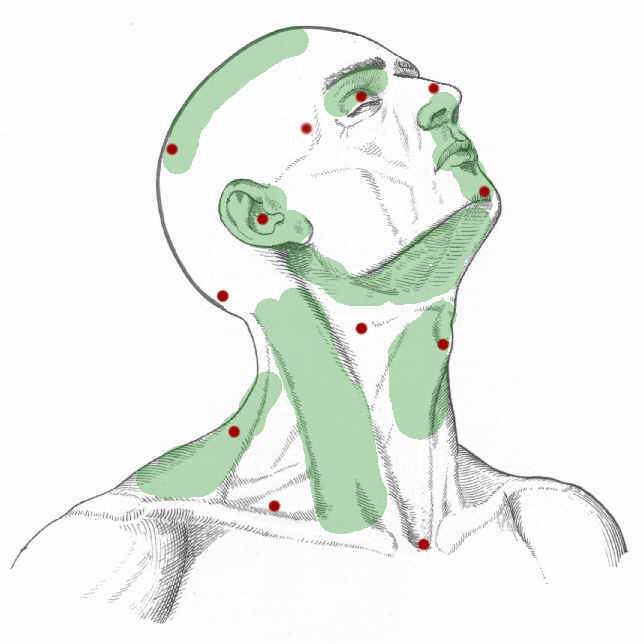
Jodan – Most important vital points of human body are located on neck and head. I will mention few techniques: eye poke, nose smash, throat grab, ear slap, hair grab, knife hand to neck, finger thrust to jugular notch. You can also manipulate opponents head in order to take him down or to break the neck.

Chudan – punch to solar plexus, one knuckle fist (shoken) to sternum, ribs or armpit, knuckle fist (hiraken) to loose ribs, testicle grab, smash or kick, “love-handles pinch”.

Arm – strike to biceps can temporally paralyze opponents arm. Joint locking techniques are very effective for controlling (elbow and fingers). Pinching skin above triceps muscle is extremely painful.

Gedan – Kicks are very often aimed in opponents legs (shin, knee smash-sokuto, inner thigh and foot). Most throwing techniques are done with leg sweep or by grabbing opponents leg. Inner thigh can be pinched when performing escaping technique against head-lock.
This is not systematized knowledge, but rather empirical, usually transmitted orally to top students only. Only ancient written source on this topic is Okinawan manuscript called Bubishi.
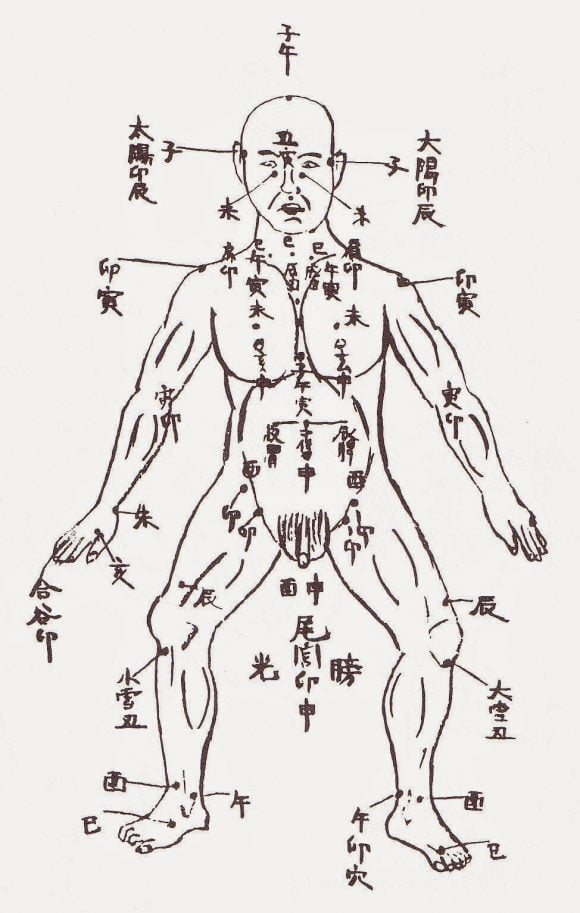
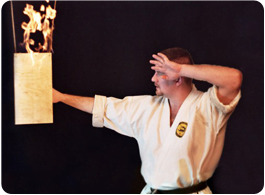
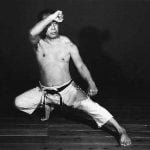
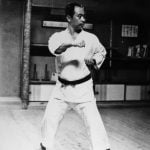
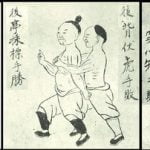
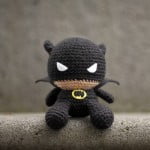

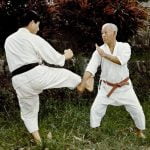
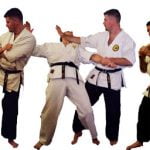
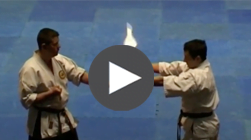
Trackbacks for this post